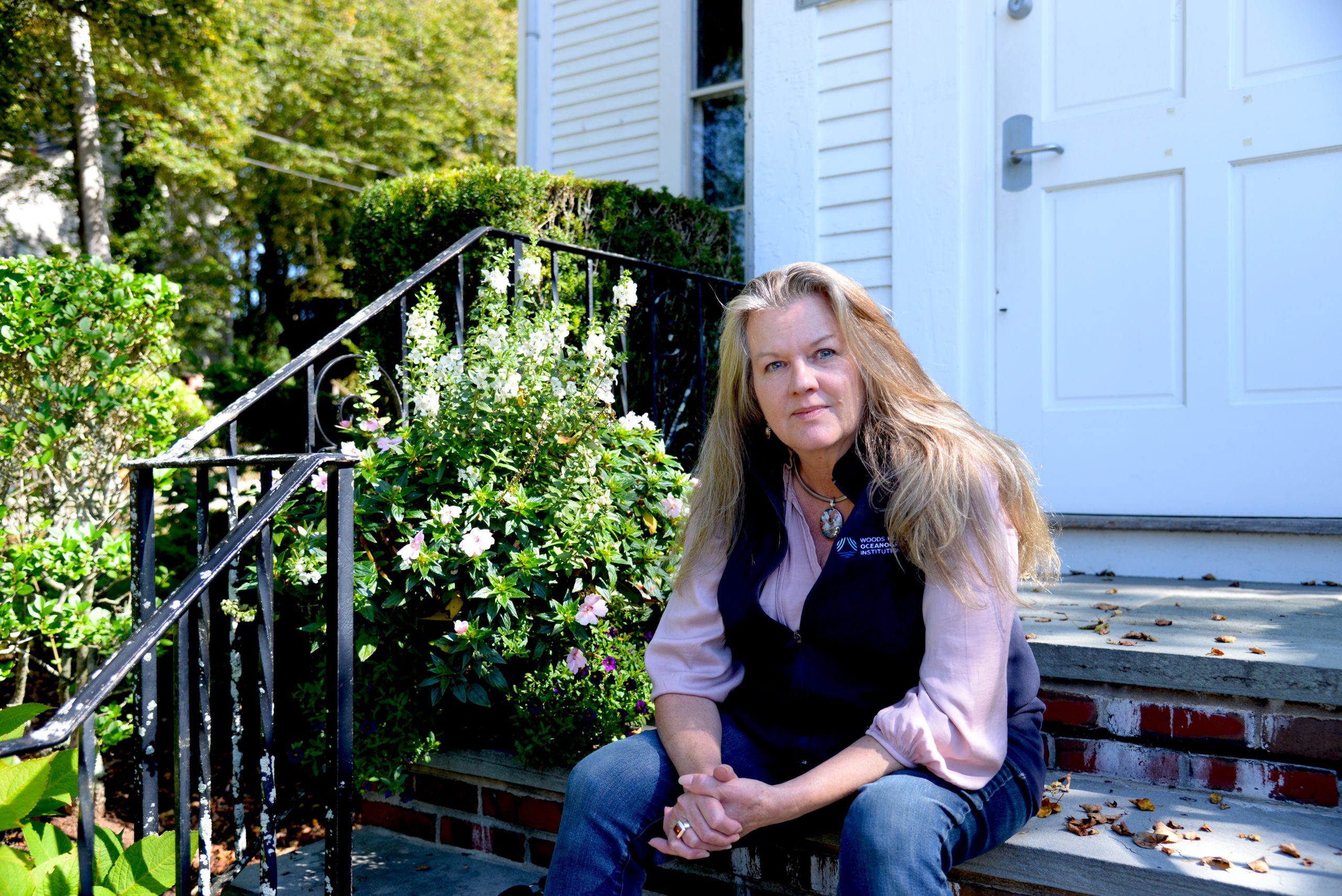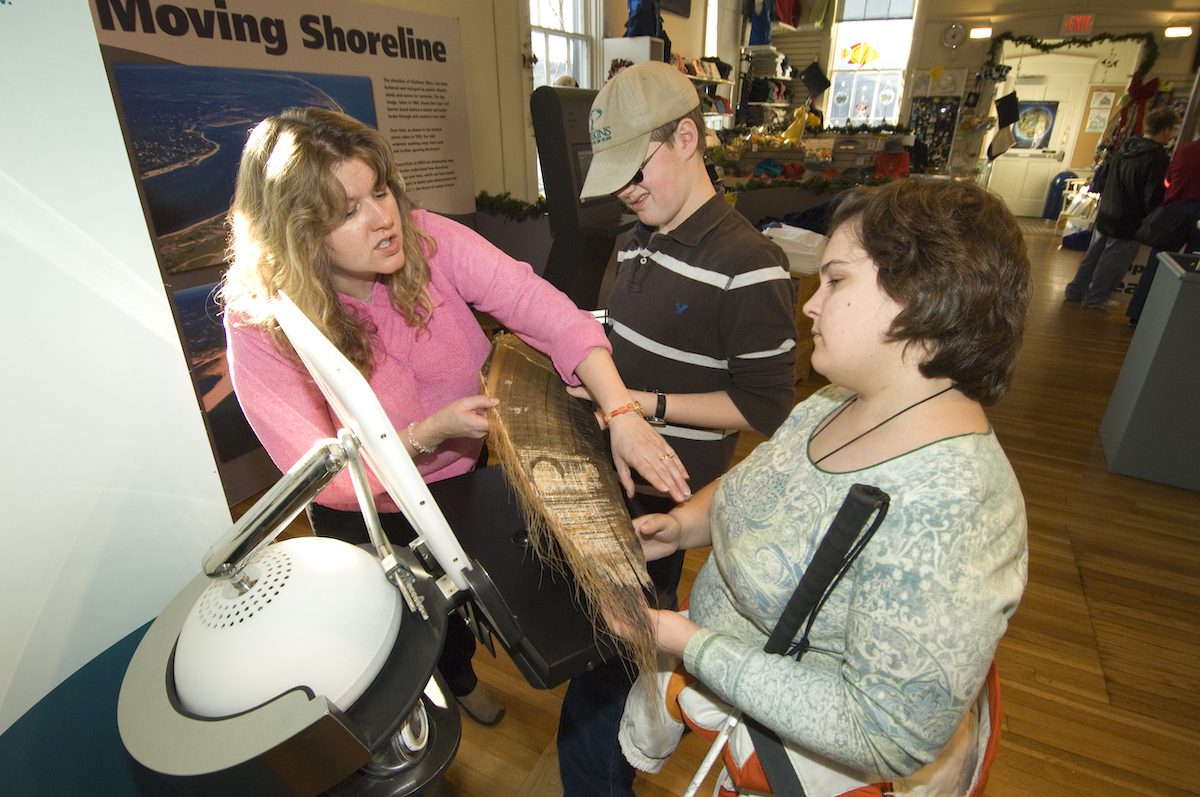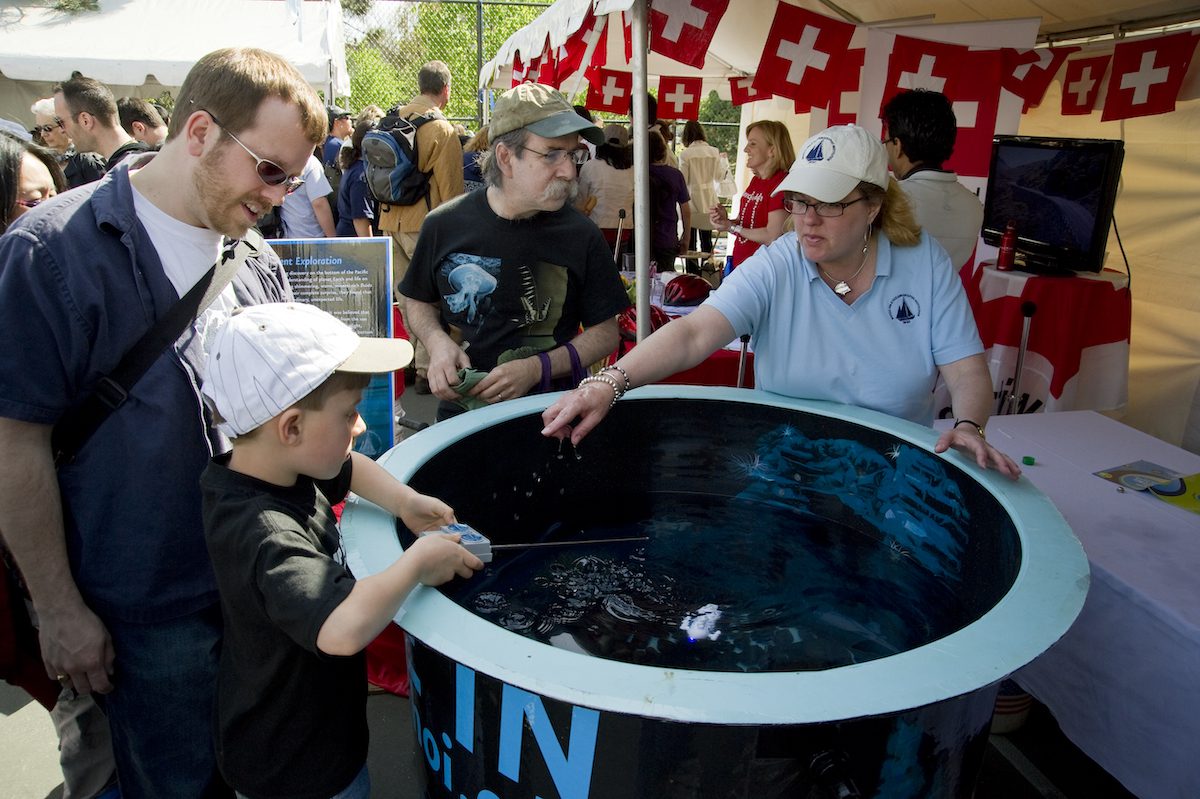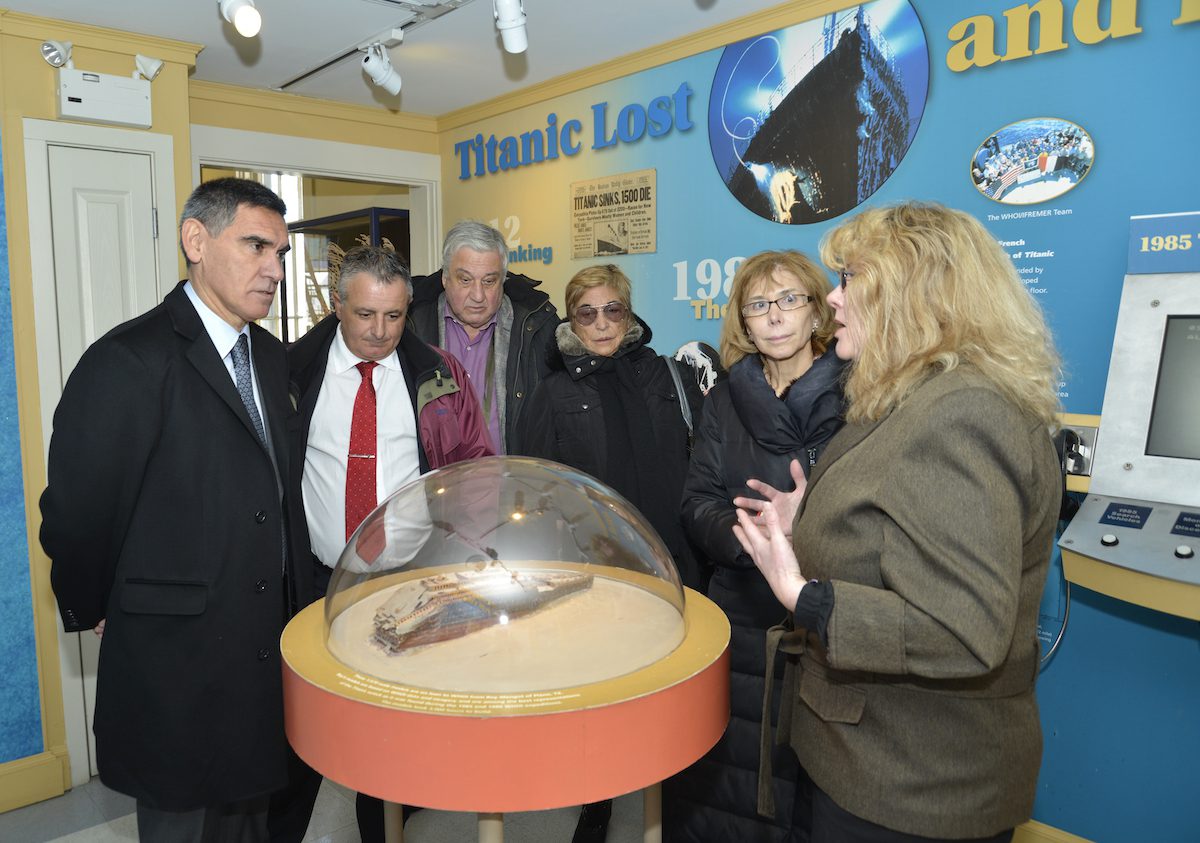34 years ago, I was emceeing an event for a women's business and professional organization I was a member of. That’s when I met the WHOI media relations director at the time, who said, “I'm looking for someone to work for me.” I think she thought I’d be good for the job because I stood up in front of a hundred women, and I was talking with them– not at them.
After being in media relations for 14 years, an opening at the Ocean Science Discovery Center came up. It was an opportunity to oversee the merchandise, which I had done in a previous career, and I could use what I’d learned about WHOI’s science and imagery to help create exhibits. That was a really big move for me, but my supervisor at the time gave me confidence that I didn't have before. It was definitely the right move for me at that time in my life.
Working on the exhibits was one of the best parts of the job. The Titanic exhibit was the first one that I redid. We decided to put together a team of scientists and engineers to contribute, and also make sure that it's accurate. And we decided, you know what? The Titanic story is not just about so many people dying. Really, the story is about finding something on the seafloor that no one thought could be found. It's about making people aware of what oceanographers at Woods Hole Oceanographic Institution can do. And it's even about what I call the Family Tree of Vehicles, the ROVs that came after the Titanic discovery. It's about technology development and being on that next cutting edge of science and engineering, creating something new.
I know that if I'm visiting a museum, if someone on staff actually talks to me, that lets me know that they really care about their message, and that makes my experience better. And I think all of the staff that we have at the Discovery Center do that. When I'm able to go around and interact with people, they're so thankful and they'll ask questions, and it just makes me feel good. And I really feel like I made a difference in their day, and they actually might remember what they’ve seen or heard while visiting us.
The trick in talking to people, especially large groups, is to find the connections between what they’re interested in and what you have to offer. It's that old saying, “Know your audience.”
For instance, if I’m talking to a garden club. I tell them that you can thank the ocean for every other breath you take because all the phytoplankton in the ocean are like small plants, and they're so productive. And I know you guys all appreciate plants, so that's one of my things I want you to take away today. If I had a group of dentists, I’d show 'em my sperm whale tooth and let them hold it and feel how heavy it is. So if you know your audience and you can find a way to make a little extra connection, you're good.




